Art in Protest: The Holy Land of Bethlehem
- Kristin Fiorvanti

- Apr 2, 2023
- 5 min read
Updated: Apr 3, 2023
Nestled in the heart of the West Bank, Bethlehem is a city that has long been synonymous with conflict. For decades, it has been the site of intense political and religious tensions, with walls and checkpoints dividing communities and restricting movement. But amidst the turmoil, there is a thriving art scene that has emerged as a powerful force for change. From graffiti murals to street performances, artists in Bethlehem are using their creativity to challenge the status quo and inspire hope in a city that has seen its fair share of darkness. In this blog post, we'll explore the intersection of conflict and art in Bethlehem, and the ways in which artists are using their work to make a difference in their community.

Montecruz Foto, CC BY-SA 2.0, via Wikimedia Commons
The conflict is a result of ongoing Isreali-Palestinian tensions. It is characterized by a range of issues, including land disputes, settlement expansion, and restrictions on movement and access to resources. Protests about Israeli occupation have often resulted in violence and tragic civilian casualties, leaving even children dead in the crossfire.
As an artist and creative director, I often ask myself how might we make an educated impact on conflicts of the state which seem so distant and out of our hands. In recent years, artists have been using their work to simply draw attention to the conflict, to promote peace and understanding between Israelis and Palestinians. For example, the "Bethlehem Unwrapped" project in 2013 involved wrapping the historic Church of St. James in Bethlehem with a mock security wall, similar to the one that Israel has built in the West Bank. The project aimed to raise awareness of the impact of the wall on Palestinian communities and to promote dialogue and understanding between the two.
While their efforts may not bring immediate peace and understabding, raising awareness to promote dialogue is key to begin challenging state authority over equitable freedom of expression. In the face of demographic, racial and religious divide, media representation can be a dangerous and tricky mountain to climb. Even with the rise of the digital age, and therfore the digital witness, first-hand cellphone footage of violence can be questioned and reframed. Americans like myself are familiar with this as we've witnessed viral cellphone footage of violence in our streets, perpetrated by state officials, also heavily debated upon in recent years of Black Lives Matter protests and "Fake News" propaganda.
Ahed Tamimi mural by Santiago Sierra, painted on the occupation wall in Bethlehem, July 25, 2018, photo courtesy of Rueters.
The construction of the Israeli West Bank barrier, which includes walls and fences, began in 2002, with portions of it built in and around Bethlehem. The barrier has been a source of controversy and criticism, with some arguing that it is a necessary security measure, while others see it as a violation of Palestinian human rights and a hindrance to peace. The Ahed Tamimi mural on the occupation wall has become a symbol of resistance against the Israeli occupation of Palestine. It depicts the young Palestinian activist, Ahed Tamimi, who gained international attention for slapping an Israeli soldier in 2017 after her cousin was shot in the head with a rubber bullet. Tamimi was later sentenced to eight months in prison for her actions. Painted by the Spanish artist, Santiago Sierra, the mural shows Tamimi with her arms raised in defiance, surrounded by barbed wire and prison bars. It's become a popular spot for tourists and locals alike to take photos and show their support for the Palestinian cause.
THE ROLE OF THE MEDIA
"The Boy Who Wasn’t Really Killed”: Israeli State Violence in the Age of the Smartphone Witness" by Rebecca Stein discusses the impact of smartphone technology on the Israeli-Palestinian conflict. The article focuses on an incident where a Palestinian boy was falsely reported as killed by Israeli forces, and how this incident highlights the power dynamics between the Israeli state and Palestinian citizens. Stein argues that the proliferation of smartphones has allowed for a new form of witness to emerge, which challenges the Israeli state's monopoly on information and allows for alternative narratives to be shared. However, she also notes that this technology has not fundamentally altered the power dynamics of the conflict and that the Israeli state continues to use violence to maintain control over the Palestinian population.
Stein discusses the shooting of twelve-year-old Muhammad al-Durrah, a Palestinian boy who was killed during an exchange of gunfire between Israeli soldiers and Palestinian militants in Gaza in 2000. The incident was captured on video by a French journalist and broadcast around the world, becoming a symbol of the Israeli-Palestinian conflict and sparking international outrage. However, Stein argues that the video was not a straightforward representation of the events that took place, but rather a complex and contested narrative that reflects the power dynamics of the conflict and the role of media in shaping public opinion.
Israel has a diverse and vibrant media landscape, with a range of newspapers, television and radio stations, and online news outlets. The country also has a strong tradition of investigative journalism and freedom of the press protected by law. While Israel has a vibrant media landscape, there are certainly challenges related to media ownership and freedom of expression that need to be addressed in respect to Palestinian representation and consolidated ideology. For a long period, right-wing Israeli media outlets claimed 12-year-old Durra had not actually died. It took increasing pressure from eyewitness media to sway the narrative, fighting against the imbalanced access to media.

Graphic depicting differences in cellphone coverage in the West bank, courtesy of Visualizing Palestine, Creative Commons.
Like many countries, Israel has faced challenges related to media ownership and concentration of power. Critics like Rebecca Stein have raised concerns about the influence of a small number of powerful media moguls who control a significant portion of the country's media outlets. This has led to debates about the need for greater diversity and competition in the media market. Israel has faced criticism for its treatment of Palestinian journalists and media outlets who challenge their narrative over the occupied territories. Human rights groups have documented cases of harassment, censorship, and violence against Palestinian journalists, which has had a chilling effect on freedom of expression in those areas.
Shireen Abu Akleh was a Palestinian journalist who worked for the Palestinian Broadcasting Corporation. She was known for her coverage of the Israeli-Palestinian conflict and her reporting on the impact of the conflict on Palestinian civilians. While covering Isreali raids in Jenin, on May 11, 2022, she was shot and killed by Isreali forces.
The news of Abu Akleh's death was met with shock and sadness by her colleagues and the wider community of journalists in Palestine. Many took to social media to express their condolences and to pay tribute to her work as a journalist.
Abu Akleh was known for her dedication to reporting on the experiences of Palestinian civilians living under occupation, and for her commitment to telling their stories to the world. Her death is a tragic loss for the Palestinian journalism community, and for all those who value the importance of independent journalism in the pursuit of truth and justice.
Photos of various murals of Abu Akleh since her death, by Hosam Salem / Al Jazeera
The art created in response to the conflicts and violence in Bethlehem is a powerful reminder of the resilience and creativity of the human spirit in the face of adversity. It serves as a testament to the enduring power of art to inspire, provoke, and challenge us to confront the complex realities of our world. As we continue to grapple with the ongoing challenges of conflict and violence, let us draw inspiration from their unwavering commitment to using their art to create a more just and peaceful world.
"It might not be easy to change the reality, but at least I could bring their voice to the world." -Shireen Abu Akleh







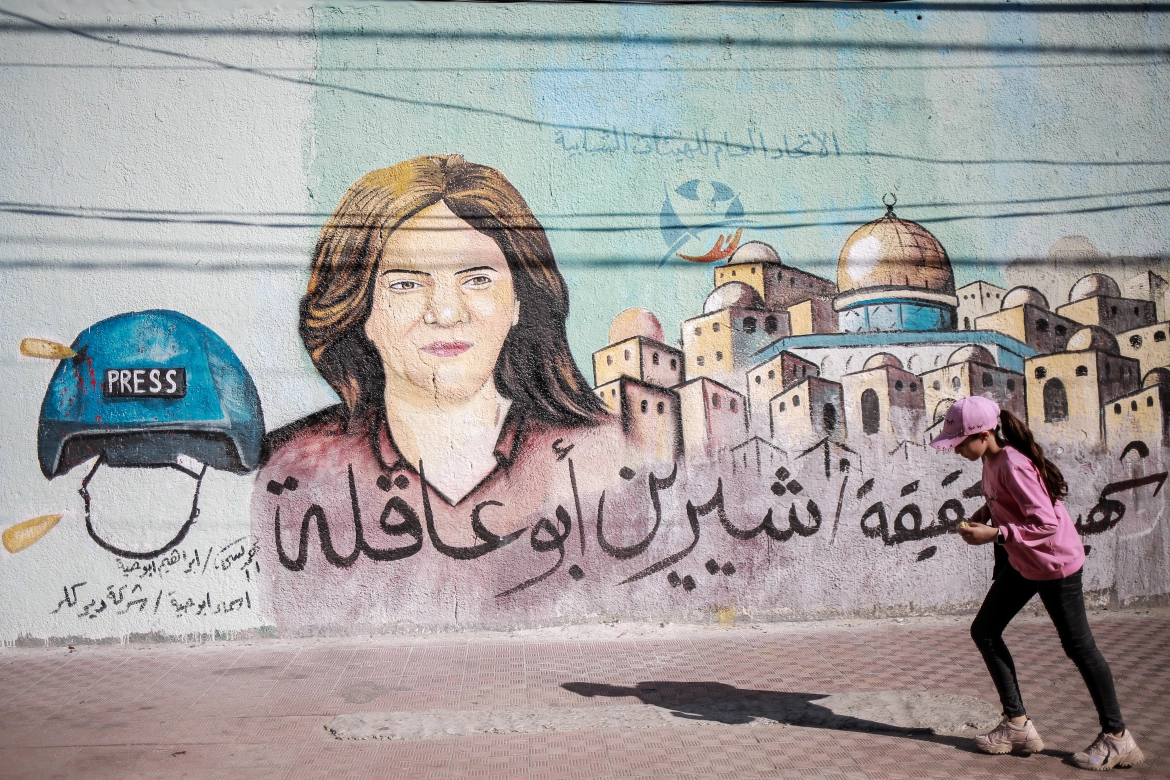
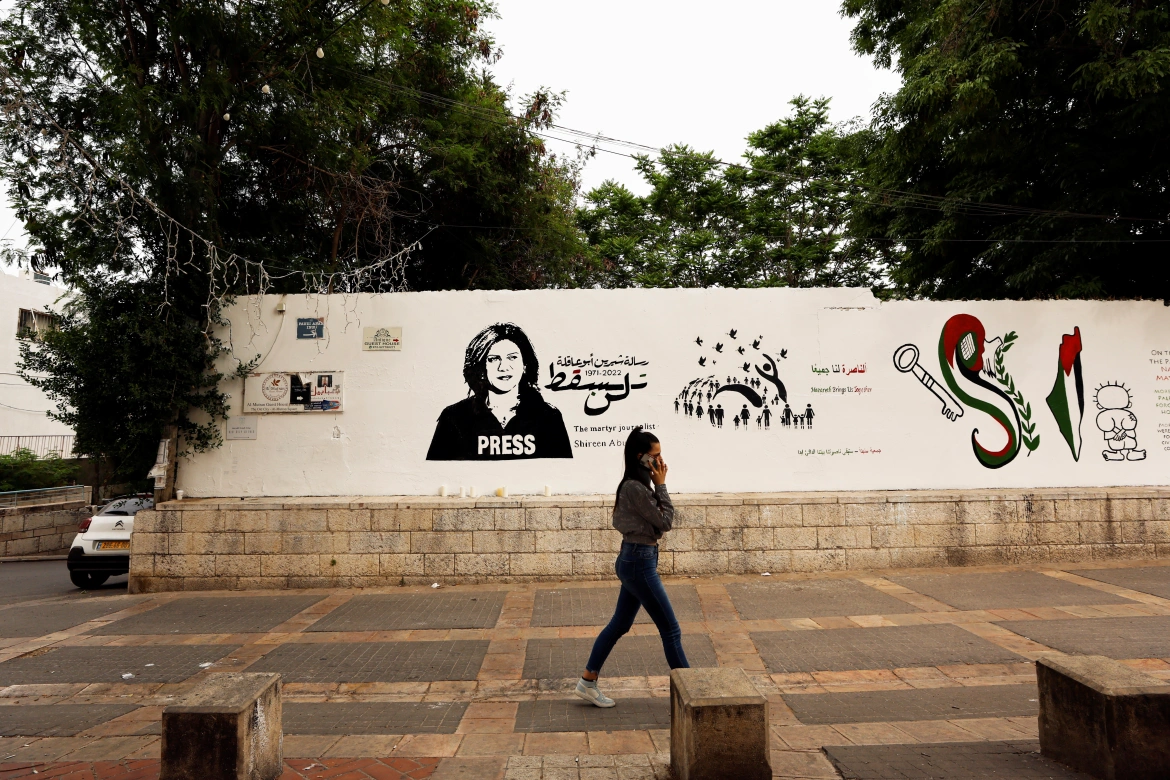



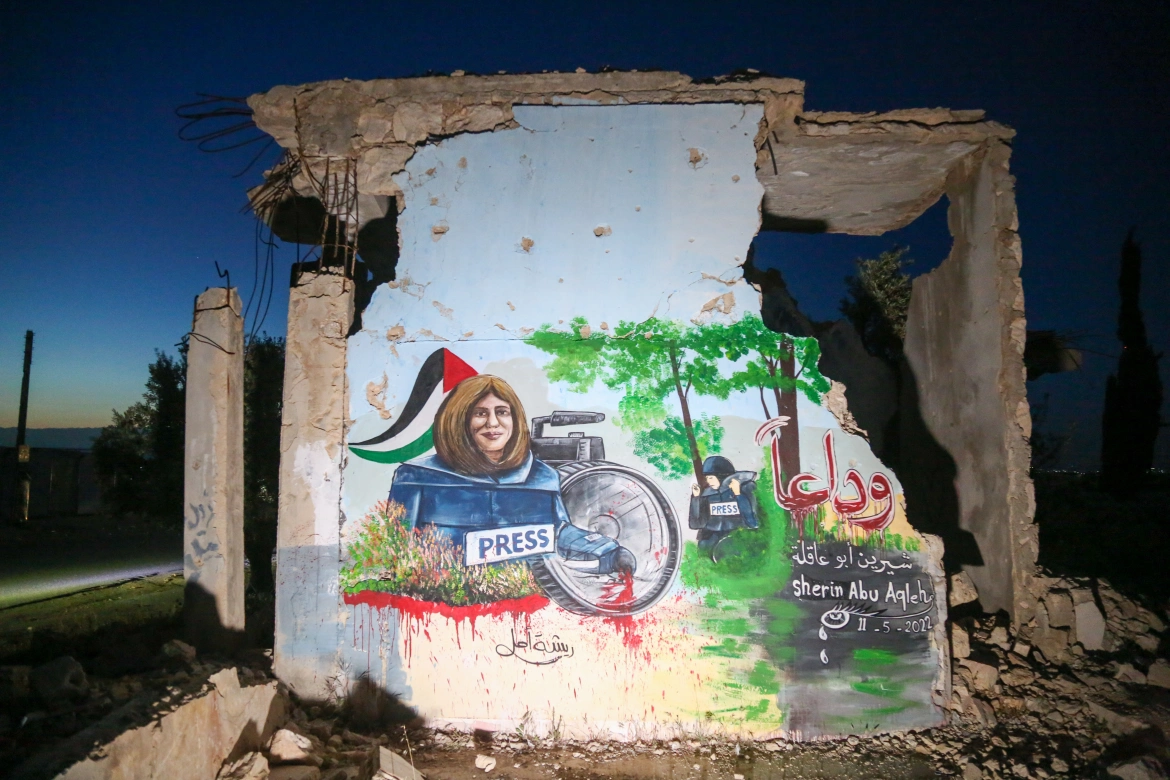
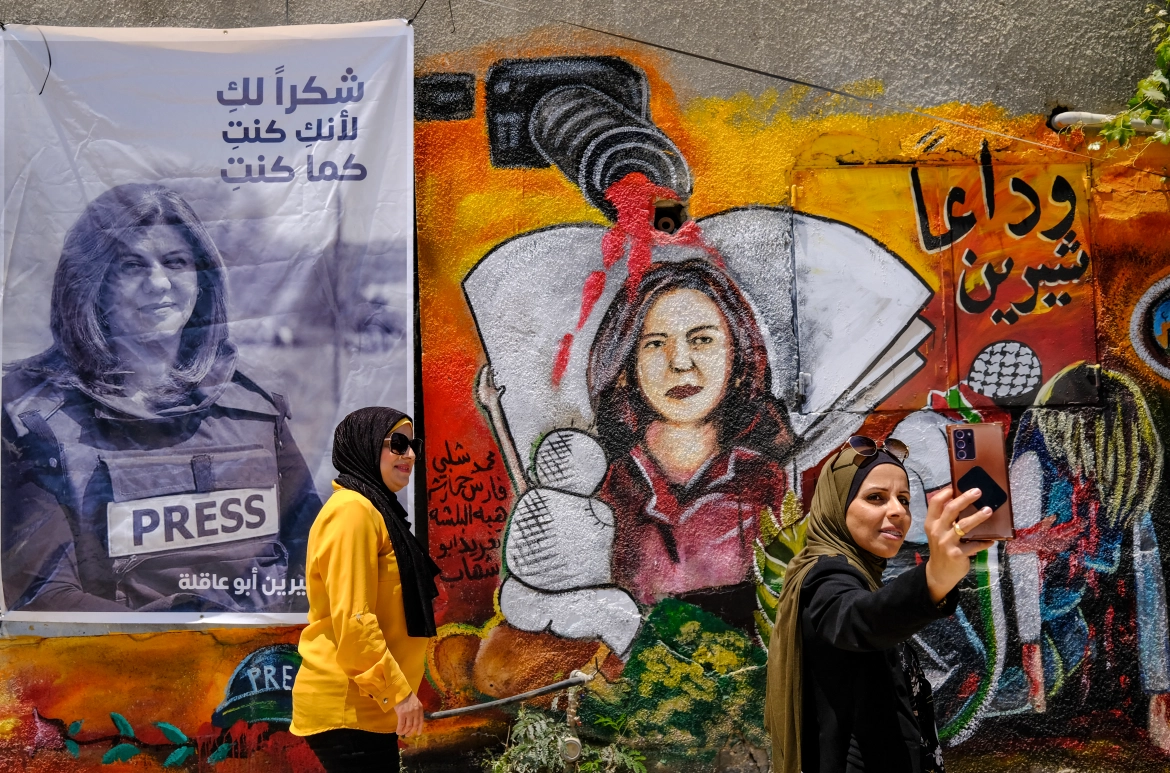
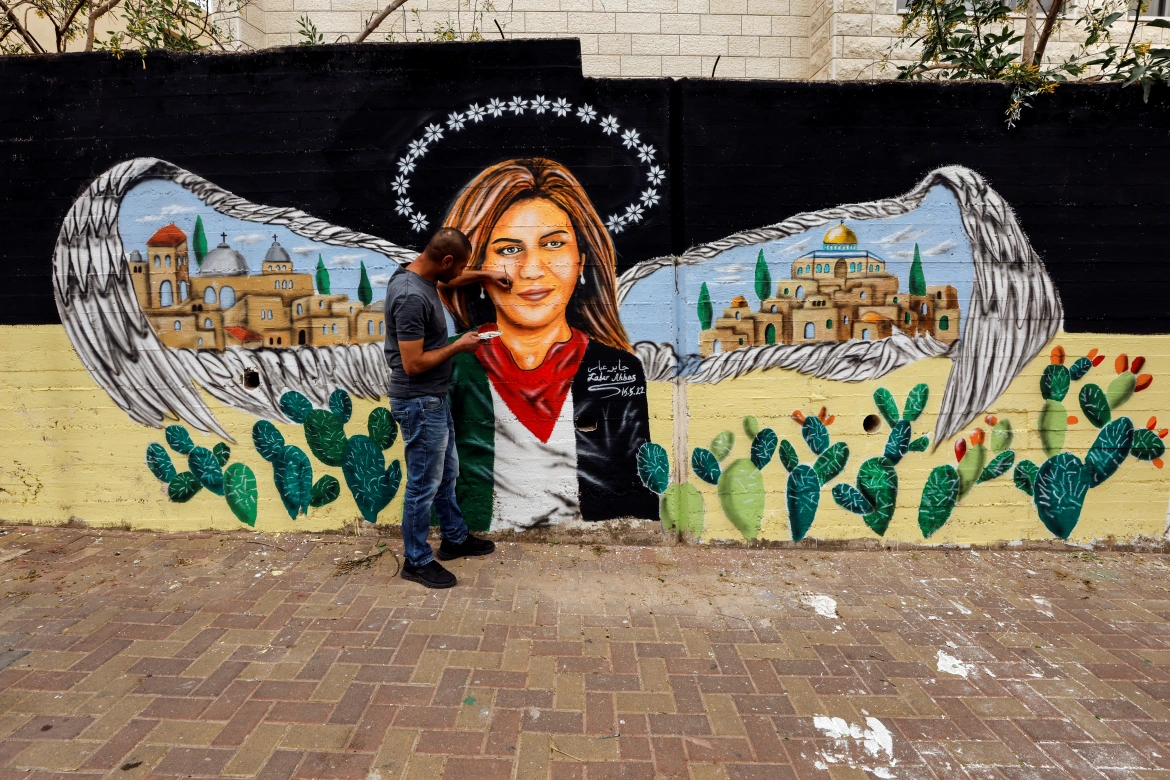
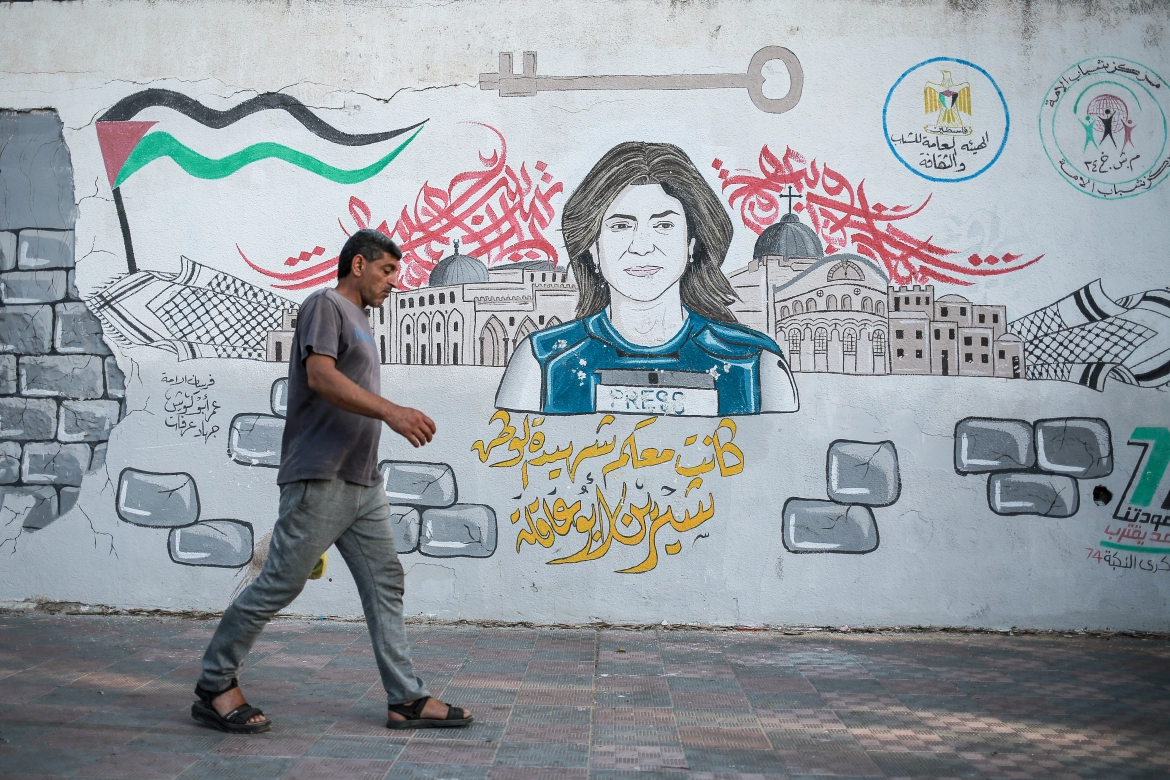
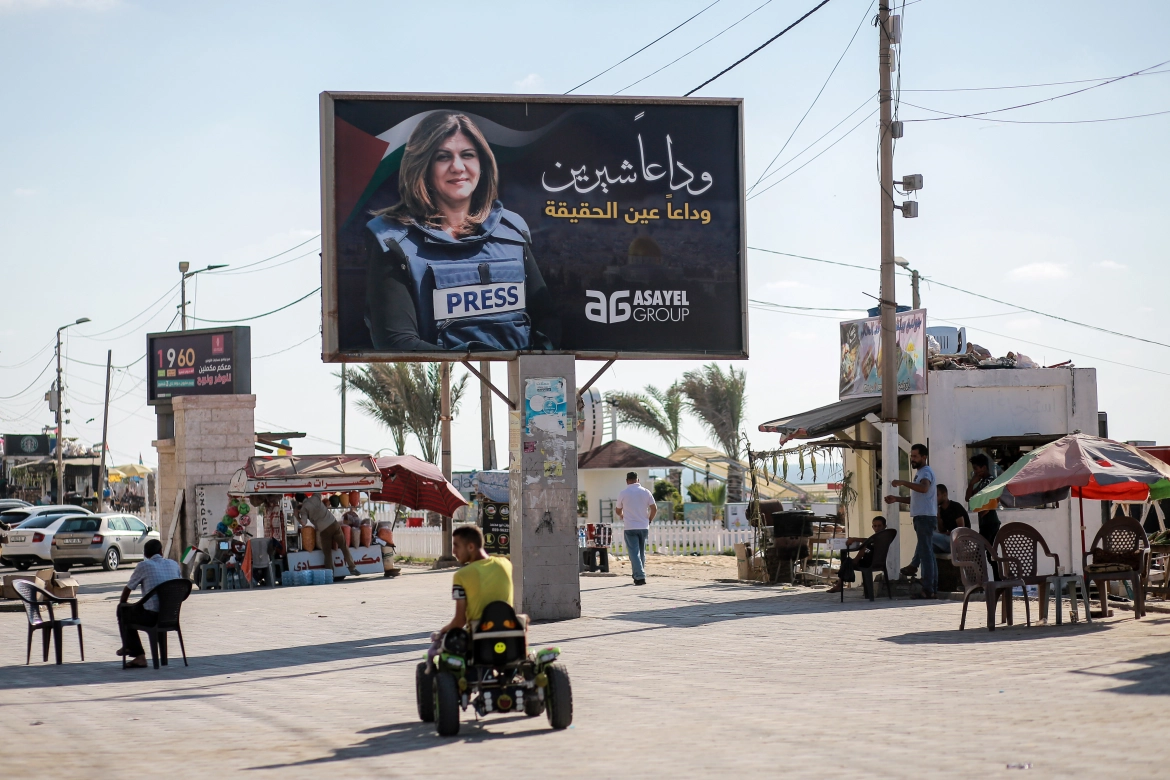



Comments